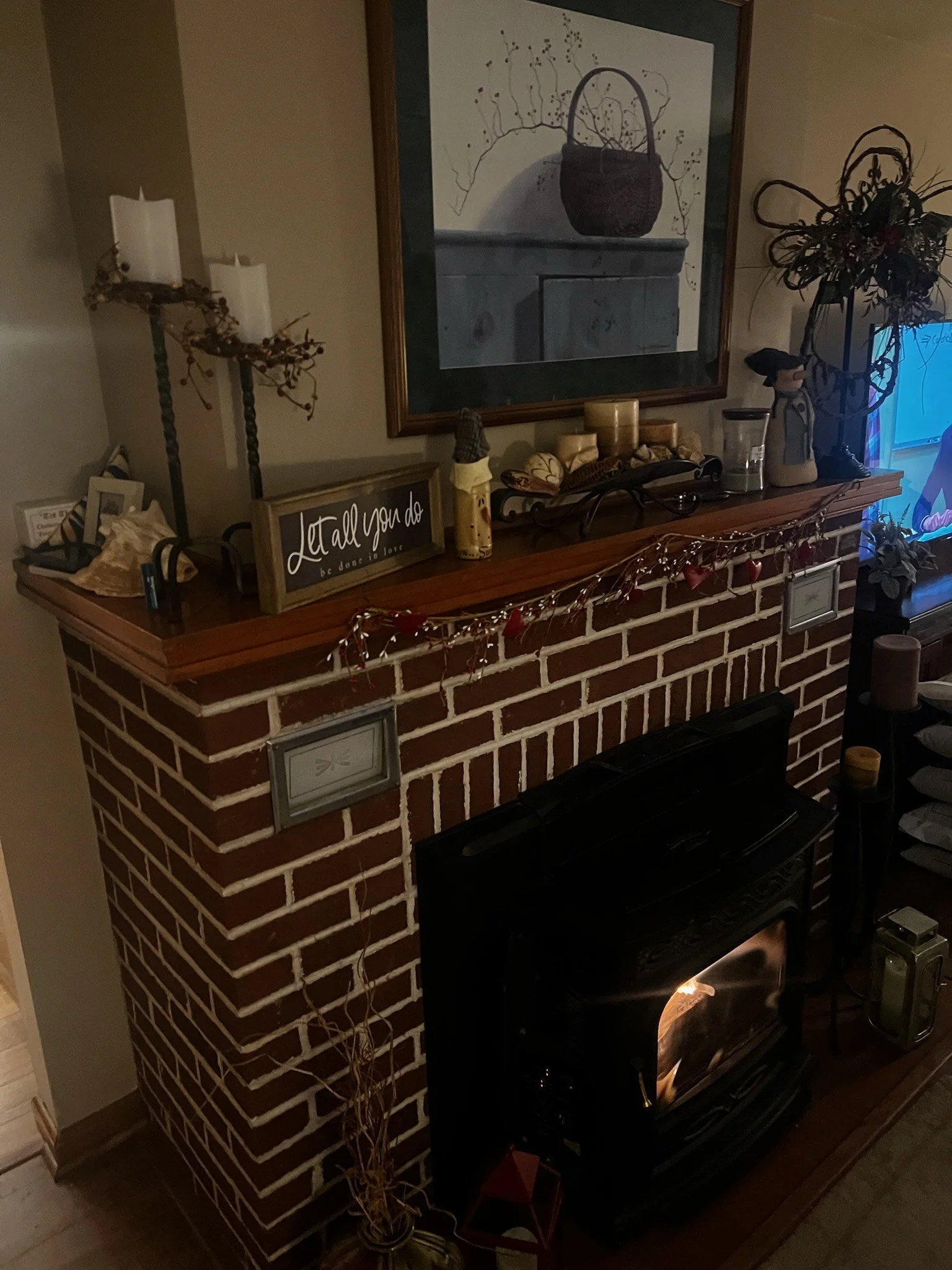Why Tuckpointing in the Fall Saves You Headaches in the Spring
When it comes to home maintenance, fall is the season for preparation. While you’re cleaning gutters, sealing windows, and stacking firewood, don’t forget about one of your home’s most important features: its masonry. Tuckpointing—replacing old, deteriorating mortar with fresh mortar—is one of the smartest fall projects you can take on. Done now, it can save you major headaches (and costs) by the time spring rolls around.
What Is Tuckpointing?
Over time, the mortar holding your bricks or stone together begins to break down. Weather, moisture, and normal aging all take a toll, leaving cracks and gaps that weaken the structure. Tuckpointing involves carefully removing damaged mortar and replacing it with new, properly mixed mortar that matches in both strength and appearance. The result is masonry that’s not only stronger but also looks seamless.
Why Fall Is the Best Time
Tuckpointing requires mild weather conditions for mortar to cure properly. If it’s too hot, mortar can dry out too quickly and lose strength. If it’s too cold, it won’t set correctly at all. Fall in Central Pennsylvania offers the perfect conditions: moderate temperatures, lower humidity, and plenty of time for the mortar to cure before freezing weather sets in.
Protecting Against Winter Damage
The freeze-thaw cycle is notorious for damaging masonry. When water enters cracks in your mortar and freezes, it expands, pushing the bricks apart. This process repeats all winter long, turning small gaps into major damage. Tuckpointing in the fall seals those vulnerable joints, keeping water out and protecting your home from costly springtime repairs.
Improve Safety and Stability
Crumbling mortar doesn’t just look bad—it compromises the structural integrity of your walls, chimneys, and walkways. Loose bricks or stone can become safety hazards, especially during heavy winter storms. Fall tuckpointing ensures your masonry is strong and secure before it has to withstand months of snow, ice, and fluctuating temperatures.
Enhance Curb Appeal
Fresh mortar does more than strengthen your home—it makes it look cared for and polished. If you’re planning to sell in the spring, fall tuckpointing gives your home a noticeable boost in curb appeal. Potential buyers will appreciate that the masonry is not just attractive but also structurally sound.
Save Money by Acting Early
The cost of tuckpointing is far less than the cost of major restoration. By addressing mortar issues now, you’re preventing bigger, more expensive problems from developing over the winter. It’s an investment in both the value of your home and your peace of mind.
Schedule Your Tuckpointing Before It’s Too Late
Once winter hits, masonry work becomes far more difficult—and sometimes impossible—until warmer weather returns. Don’t wait until spring to discover the damage. Contact JMR today for a free estimate. Our skilled team has decades of experience keeping Central PA homes strong, safe, and beautiful, and we’ll make sure your masonry is ready for whatever the season brings.

